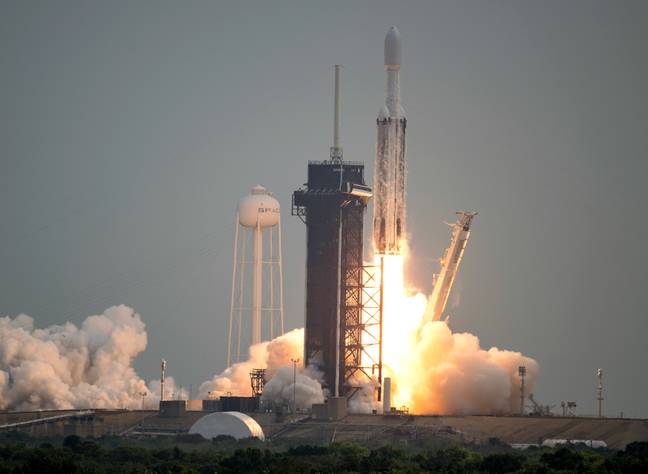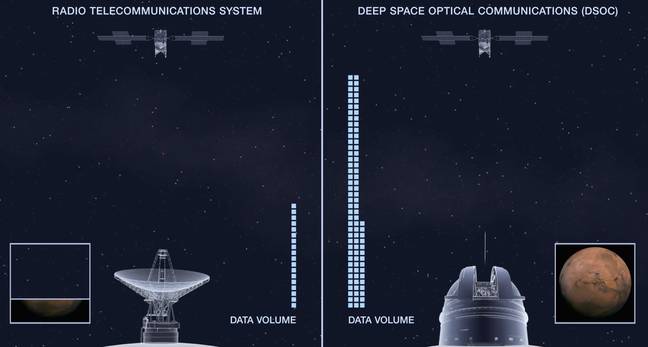Earth just received data via laser-beam from 10 million miles away.
That’s 40 times farther than the distance between the Earth and the moon, so yep, a pretty long way.
NASA launched its Psyche spacecraft with its Deep Space Optical Communications (DSOC) on board on October 13, 2023 from its Kennedy Space Center in Florida.
And it’s since been successful in sending a laser-beamed message back to Earth.
The spacecraft travelled to ‘a metal-rich asteroid by the same name orbiting the Sun between Mars and Jupiter to study its composition,’ NASA’s website explains.
It also had the DSOC onboard – ‘a system that consists of a flight laser transceiver, a ground laser transmitter, and a ground laser receiver’ – using its lasers to ‘communicate at high rate’ and ‘test laser communications beyond the Moon’.
Acting associate administrator and Space Technology Directorate (STMD) at NASA Headquarters, Dr Prasun Desai said: “It’s exciting to know that, in a few short weeks, Deep Space Optical Communications will begin sending data back to Earth to test this critical capability for the future of space exploration.
“The insights we learn will help us advance these innovative new technologies and, ultimately, pursue bolder goals in space.”
And NASA has since revealed the demonstration has been successful.

In the early hours of November 14, the demonstration achieved ‘first light’.
A laser beacon was sent out from Optical Communications Telescope Laboratory at JPL’s Table Mountain Facility near Wrightwood, California which led to the transceiver onboard the Psyche spacecraft sending a laser back to earth – specifically Caltech’s Palomar Observatory – ‘closing the link’ between the two.
Operations lead for DSOC at JPL Meera Srinivasan said: “Tuesday morning’s test was the first to fully incorporate the ground assets and flight transceiver, requiring the DSOC and Psyche operations teams to work in tandem
“It was a formidable challenge, and we have a lot more work to do, but for a short time, we were able to transmit, receive, and decode some data.”

Director of Technology Demonstrations at NASA Headquarters in Washington, Trudy Kortes, said: “Achieving first light is one of many critical DSOC milestones in the coming months, paving the way toward higher-data-rate communications capable of sending scientific information, high-definition imagery, and streaming video in support of humanity’s next giant leap: sending humans to Mars.”
NASA administrator Bill Nelson said in a statement: “The Psyche mission could provide humanity with new information about planet formation while testing technology that can be used on future NASA missions.
“As Asteroid Autumn continues, so does NASA’s commitment to exploring the unknown and inspiring the world through discovery.”